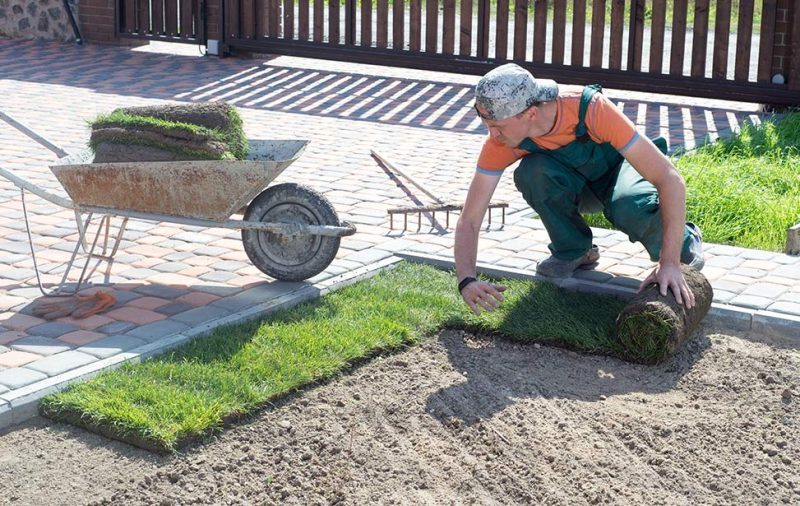Landscape installation can be a great way to improve the look and feel of your outdoor spaces. Whether you’re installing a new landscape in your front or back yard, or simply revamping an existing one There are many things to consider. Landscape installation, including tips and advice to help you get started.
Planning and Design:
The first step in any landscape installation is to plan and design the space. This can involve creating a detailed drawing or sketch of the area, taking measurements, and considering the various elements you want to include in your landscape. Some common elements include trees, shrubs, flowers, walkways, patios, and water features.
Budgeting:
Next, it’s important to establish a budget for your landscape installation. This will help you determine how much you can afford to spend on materials, labor, and other costs associated with the project. You may also want to set aside some extra money for unexpected expenses, such as the cost of removing old landscaping or repairing any damage to your property.
Choosing the Right Plants:
Once you have a clear idea of what you want to include in your landscape, it’s time to start choosing the right plants. This will involve researching different types of plants to see which ones are best suited for your area, taking into account factors such as sunlight, soil type, and water requirements. You may also want to consider the size and shape of the plants, as well as their overall appearance and color.
Preparing the Site:
Before you can begin installing your landscape, you’ll need to prepare the site. This may involve removing any old landscaping, tilling the soil, and adding any necessary amendments, such as compost or mulch. You may also want to lay down a weed barrier or install an irrigation system to help keep your plants healthy and hydrated.
Installing Plants and Features:
Once the site is prepared, it’s time to start installing your plants and other landscape features. This will typically involve digging holes, adding soil and compost, and planting the plants. You may also want to install any walkways, patios, or water features, such as a pond or fountain.
Mulching and Watering: After your plants are in the ground, it’s important to mulch around them and water them well. This will help keep the soil moist, suppress weeds, and provide insulation for the roots of the plants. You may also want to use a slow-release fertilizer to help promote healthy growth.
Maintaining Your Landscape:
Once your landscape is install, it’s important to maintain it regularly. This will involve watering your plants, removing any dead or damaged leaves, and pruning back any overgrown shrubs or trees. You may also want to fertilize your plants periodically to help promote healthy growth and improve their overall appearance.
In conclusion, landscape installation can be a rewarding and enjoyable project that can greatly improve the look and feel of your outdoor spaces. With a bit of planning, preparation, and care, you can create a beautiful and functional landscape. That you’ll be proud of for years to come. Whether you’re an experienced landscaper or a beginner. The key is to take your time, do your research, and be patient. With the right tools and techniques, you can create a landscape. That is both beautiful and functional, and that will provide you with years of enjoyment.

